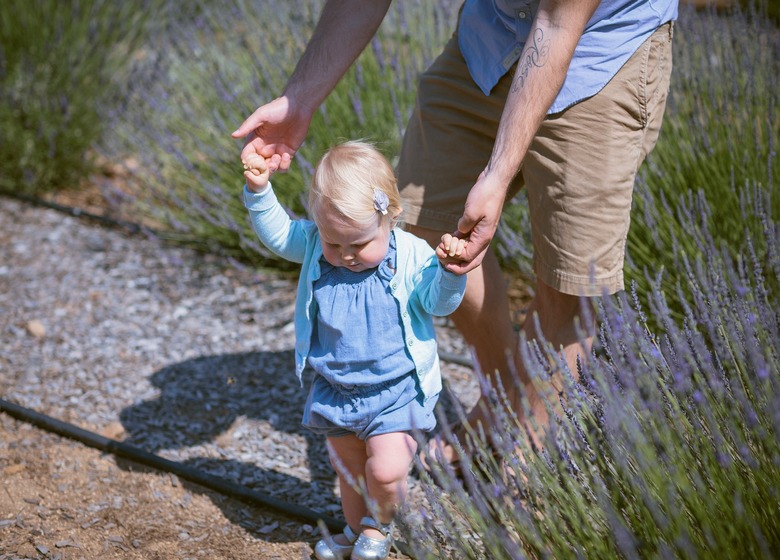For many kids, toe walking is a common practice when they just start walking. Most kids grow out of it as they grow older and are usually known to disappear completely after three years of age. If your child is constantly walking on his or her toes you may need to consult a doctor about this habit. Scroll down to know the risk and causes of toe walking in children.
What is Toe Walking?
Toe walking is walking on the tips of the toes. Children walking on tiptoes prefer not to strike the heel on the ground as they move. This is a habit that children learn when they start walking around holding onto furniture and are considered normal in kids up to 2 or 3 years of age. If it continues beyond this age, however, it may mean that your child has become used to it or has other underlying issues.
Causes of Toe Walking in Kids
Toe walking in children is usually no cause for concern, as after two or three years this subsides. If not, though, it may be correlated with some of the underlying causes and conditions. Some of the causes of children’s toe walking are discussed below:
1. Cerebral Palsy
Many forms of cerebral palsy are related to standing and walking difficulties. It is understood that spastic cerebral palsy makes the muscles around the feet very stiff, which can make walking difficult. Many premature babies may also have a brain hemorrhage that can cause cerebral palsy and lead to walking difficulties, promoting toe walking.
2. Periventricular Leukomalacia
In some cases, premature babies may be affected by nerve damage that can lead to difficulty walking. This can lead to toe walking toe other walking issues.
3. Spastic Hemiplegia
The Achilles tendon in the kids can sometimes be pulled up very tightly due to cerebral palsy, making it difficult for them to put their feet flat on the ground.
4. Idiopathic toe walking
It can be idiopathic toe walking if your child has no underlying condition that leads to toe walking and has normal movement in the ankle joint but continues to walk on his toes. It essentially means that there is no specific reason for it, and it may have grown by nature of his toe walking.
Risks of Toe Walking in Kids
While many children up to the age of three are normal toe walking, the risk of developing idiopathic toe walking may be higher in families with a history of children having the problem.
Constant toe walking can damage the children’s joints and muscles and even increase their risk of falling and stumbling. The peers may also be exposed to criticism as he develops, which may affect confidence.
Diagnosis
As it is quickly detected, the treatment of toe walking is through a physical examination. In some cases, however, the physician may also conduct an examination of the gait or EMG (electromyography). To assess the electrical activity during an EMG, a thin needle is inserted into the affected muscles. When toe walking is the result of developmental delays, autism or cerebral palsy, a neurological test or cognitive assessment may be required by the doctor to identify the cause.
Treatment Of Toe Walking In Kids
If your child’s toe walking continues after the age of three and you’re worried, you may want to have a test that can determine the cause of toe walking in kids. The right course of treatment and rehabilitation will keep the joints and muscles from being harmed. The doctor may suggest the following treatment options for your child based on the cause of toe walking.
1. Ankle-foot orthosis
Therapists may also ask the child to wear an orthosis of the ankle-foot. This is a plastic brace keeping the foot at an angle of 90 degrees and running to the back of the leg. The brace can be worn all day and night and can be removed while bathing or workouts.
2. Serial casting
An orthopedist may apply a cast of plaster or fiberglass to allow the tendons to spread and give a better range of ankle mobility to your child. As the tendon stretches, the cast will be adjusted every other week and removed when the tendon is long enough. If required, this casting cannot be removed.
3. Surgery
The physician may recommend surgery to stretch the tendon if your child does not respond to other treatment courses.
Toe walking in kids is very common and is not a cause for concern in most cases. However, if you find that even after your child is growing, you may want to check with a health care professional to rule out any serious problems.













